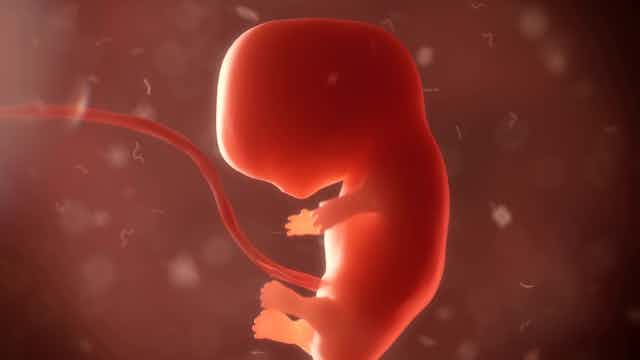Campaigners have long argued that the hormone pregnancy test, Primodos, caused birth defects, but a UK government expert panel recently dismissed these claims.
So what evidence is there for the Commission on Human Medicines’ (CHM) conclusion? As it happens, not a lot. There were only a handful of studies looking at whether Primodos could harm the developing baby, and most are decades old. Some of these studies suggest that Primodos caused birth defects; some do not. But the limited number of studies, their age and the different tests used to assess the effect of Primodos on the embryo, makes it difficult to be 100% conclusive.
Campaigners, perhaps unsurprisingly, suggest a cover up.
MPs have also raised concerns in parliament and have demanded an independent, judge-led public inquiry as they suggest the process wasn’t transparent. The MPs also want to know why regulatory issues on drug safety and testing, while Primodos was on the market, were not investigated as part of the CHM report.
Continuing concerns
Primodos consisted of two active ingredients, norethisterone acetate (a type of artificial progesterone) and ethinyl estradiol (a type of artificial oestrogen). Today, norethisterone acetate is used in some oral contraceptive pills but at much lower doses than in Primodos. It is also used at much higher doses than in Primodos to treat conditions such as breast cancer. But the authors of the CHM report say that their findings should reassure women “who may inadvertently become pregnant whilst taking these hormones for contraception or gynaecological indications”.
As a contraceptive, norethisterone, works by changing the lining of the uterus to make it less able for a fertilised egg to implant. For the Primodos pregnancy test, women were advised to take one pill on two consecutive days. If the woman menstruated – usually within three to six days of taking the pills – it was a sign that she wasn’t pregnant. If she didn’t menstruate, she was pregnant. But we don’t know if Primodos damaged or changed the uterine lining, which may have affected the embryo.
Some of the old scientific studies suggest that higher doses of these components of Primodos could be harmful to the embryo. We also now know that prolonged and continued use of artificial hormones, such as norethisterone, can affect the sex of male babies.
Let’s have better studies
The conclusion of the CHM report relies on studies that are 30 to 40 years old. These studies were carried out using very different techniques and tests than are used today. The studies are also contradictory. With no new tests carried out, is it really possible to conclude that Primodos and its components are safe?
Taking a medicine during pregnancy and having a child born with damage does not always mean it was the medicine that caused the damage. There are other factors that could also be involved, such as genetic problems. But research is needed to determine the answer. So, while it might turn out that Primodos did not cause damage to the embryo, this new CHM report does not provide definitive evidence that it was safe.
To address this issue and provide definitive and transparent answers, it is important that further scientific research, using advanced, modern tools and methods, is carried out – and the entire process should be transparent. Until this is done, the issue of Primodos and its alleged link to birth defects is not going to go away anytime soon.
A spokesperson for Bayer AG, the firm that acquired Schering, the maker of Primodos, said:
Bayer notes that a review by an independent expert working group on hormone pregnancy tests of the Commission on Human Medicines has found, consistent with Bayer’s view, based on all available data, that the scientific evidence does not support a causal association between the use of hormonal pregnancy tests, such as Primodos, and birth defects or miscarriage.

